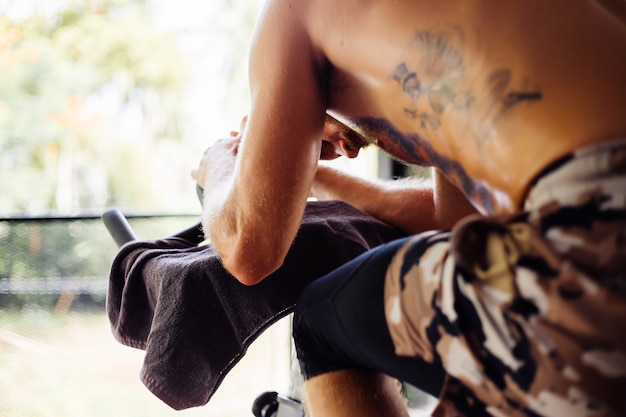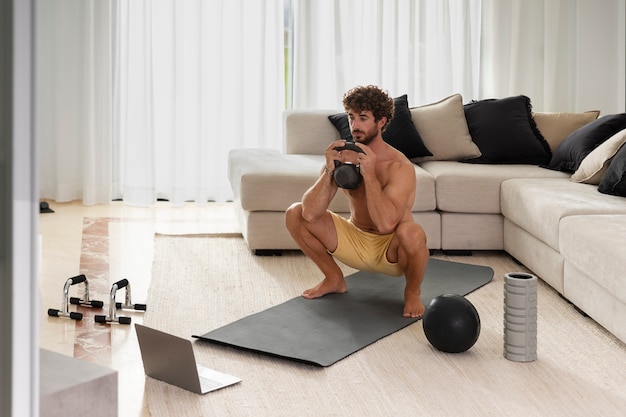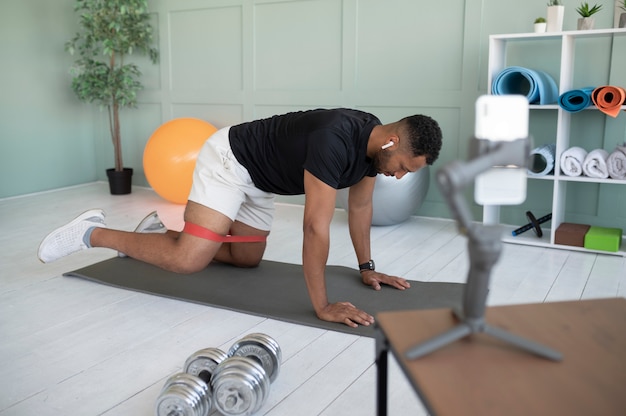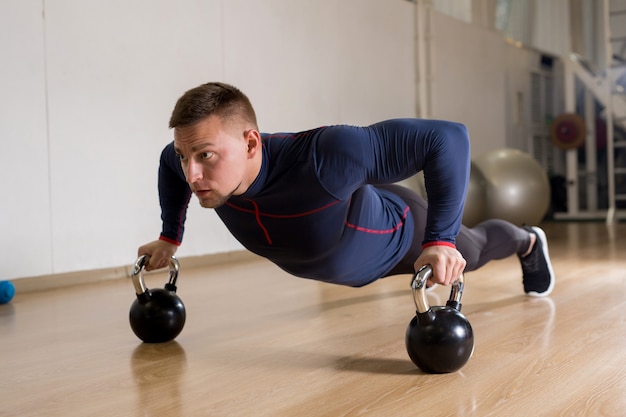21 Low-Impact Fitness Tips for Beginners: Start Strong, Stay Safe & Save Money
Starting a fitness journey doesn’t require expensive gym memberships, fancy equipment, or high-intensity workouts. For beginners—especially those managing joint sensitivity, recovering from inactivity, or prioritizing sustainability—low-impact fitness is a smart, safe, and effective path. This guide delivers 21 practical, budget-friendly tips to help you build strength, improve mobility, and boost energy—all without breaking the bank or your body.
Why Low-Impact Fitness Works for Beginners
Low-impact exercises minimize stress on joints while still promoting cardiovascular health, muscle strength, and flexibility. Walking, swimming, cycling, and bodyweight movements are excellent examples. These activities reduce injury risk, making them ideal for long-term consistency—especially for new exercisers or those returning after a break.
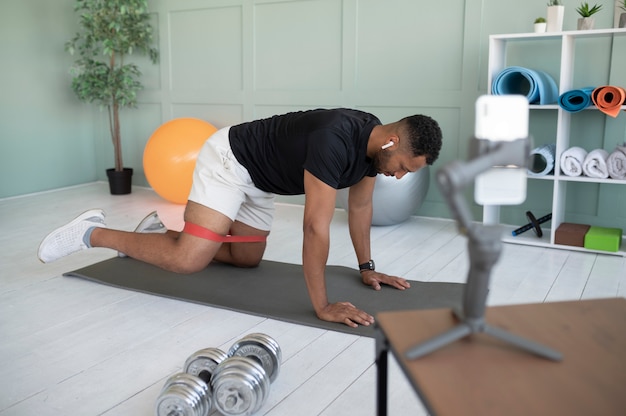
21 Budget-Friendly Low-Impact Fitness Tips
- Start with Daily Walking: Aim for 20–30 minutes a day. Use a free app to track steps and progress.
- Use Bodyweight Exercises: Squats, wall push-ups, and seated leg lifts require no equipment and build foundational strength.
- Stretch Daily: Spend 5–10 minutes stretching major muscle groups to improve flexibility and reduce stiffness.
- Try Chair Yoga: Great for limited mobility. Free videos are available online for guided sessions.
- Invest in a Resistance Band: Inexpensive, portable, and effective for building strength safely.
- Use Stairs Wisely: Climb stairs slowly to build leg strength without joint strain.
- Practice Balance Exercises: Stand on one foot while brushing teeth to improve stability.
- Swim or Do Water Aerobics: If accessible, water workouts are gentle on joints and highly effective.
- Follow Free Online Workouts: Many certified trainers offer beginner-friendly, low-impact routines on platforms like YouTube.
- Create a Home Workout Space: Clear a small area with enough room to move—no gym needed.
- Set Weekly Movement Goals: Example: Walk 5 days a week, stretch daily, and complete 2 strength sessions.
- Track Progress with a Journal: Record workouts, mood, and energy levels to stay motivated.
- Stay Hydrated: Drink water before, during, and after activity to support performance and recovery.
- Warm Up and Cool Down: Spend 5 minutes warming up (marching in place) and cooling down (gentle stretching).
- Focus on Form Over Speed: Proper technique prevents injury and increases effectiveness.
- Rest Between Sessions: Allow at least one rest day between strength workouts for muscle recovery.
- Listen to Your Body: Mild discomfort is normal, but sharp pain means stop and reassess.
- Wear Supportive Footwear: Even for home workouts, proper shoes prevent strain.
- Involve a Friend: Accountability increases consistency. Walk or stretch together virtually or in person.
- Use Household Items as Weights: Water bottles or canned goods can substitute dumbbells.
- Stay Consistent, Not Perfect: Even 10 minutes of movement counts. Focus on showing up.
Sample Weekly Plan for Beginners
| Day |
Activity |
Duration |
| Monday | Walking + Stretching | 30 min |
| Tuesday | Chair Yoga | 20 min |
| Wednesday | Rest or Light Stretching | 10 min |
| Thursday | Bodyweight Exercises | 25 min |
| Friday | Walking | 30 min |
| Saturday | Resistance Band Workout | 20 min |
| Sunday | Rest | — |
Safety Reminders for Beginners
- Consult your healthcare provider before starting any new fitness routine, especially if you have pre-existing conditions.
- Move slowly and avoid bouncing during stretches.
- Breathe steadily—don’t hold your breath during exercises.
- Stop immediately if you feel dizziness, chest pain, or joint discomfort.
- Progress gradually—don’t increase duration or intensity by more than 10% per week.

Final Thoughts
Low-impact fitness is not a shortcut—it’s a sustainable strategy. By focusing on consistency, safety, and affordability, beginners can build a strong foundation for lifelong health. Remember, every step counts. Start small, stay patient, and celebrate your progress.










